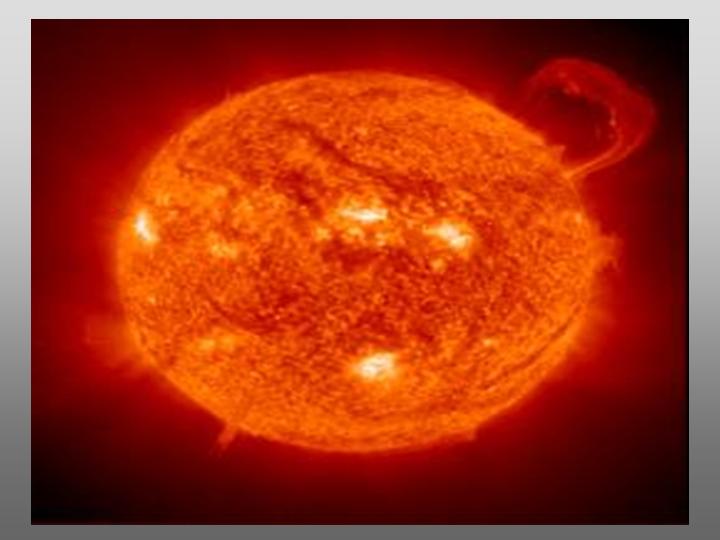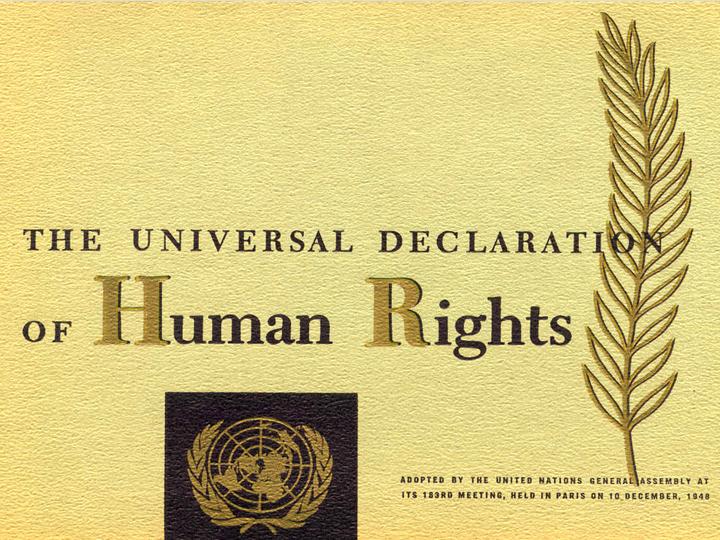Home
 10 Pillars 10 Pillars  Map Map  Tree Tree
 Rationale Rationale
 Forum Forum
 About About
 Terms Terms
 Contact Contact
|
Search
top academic & professional resources |
||||||||||||||||||||||||||||||
 Tree: Supernatural |
Loading
|
||||||||||||||||||||||||||||||
|
|||||||||||||||||||||||||||||||
 Field En Encyclopedic article M Media (images, videos, virtual tours) C Course R Information resources
Field En Encyclopedic article M Media (images, videos, virtual tours) C Course R Information resources  © 1.
Theory
(5)
© 1.
Theory
(5)studies the philosophical, sociological, cultural, religious,
and historical aspects of the supernatural phenomena.
 Religious studies
Religious studies= The academic multidisciplinary, secular study of
religious beliefs, practices, and institutions.
En Religious studies (W)
M Around the World in 80 Faiths (BBC). Images on Fliker.
8 episodes on YouTube: Australasia and the Pacific Ring
of Fire (59:02), the Far East (58:59), Africa (59:04), the
Middle East (58:59), USA (59:00), India (59:00), Latin
America (59:02), Europe (58:57). A documentry on 80
religions and religious practices presented by Pete
Owen-Jones.
 Philosophy
of religion
Philosophy
of religionEn Philosophy of religion (W)
 Sociology of
religion
Sociology of
religion En Sociology of religion (W)
 Comparative religion
Comparative religionEn Comparative religion (W)
 History of
religion
History of
religion En History of religions (W)
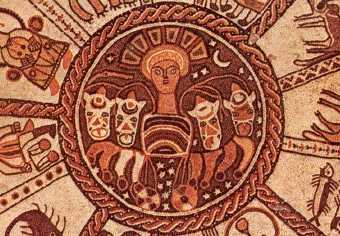 © 2.
Mysticism (6)
© 2.
Mysticism (6)studies the cultural, sociological, psychological,
and historical aspects of the mystic phenomena.
 Mysticism
Mysticism= The study of the mystic phenomena.
En Mysticism (W), mysticism (SEP);
Astrology (W); incarnation (W)
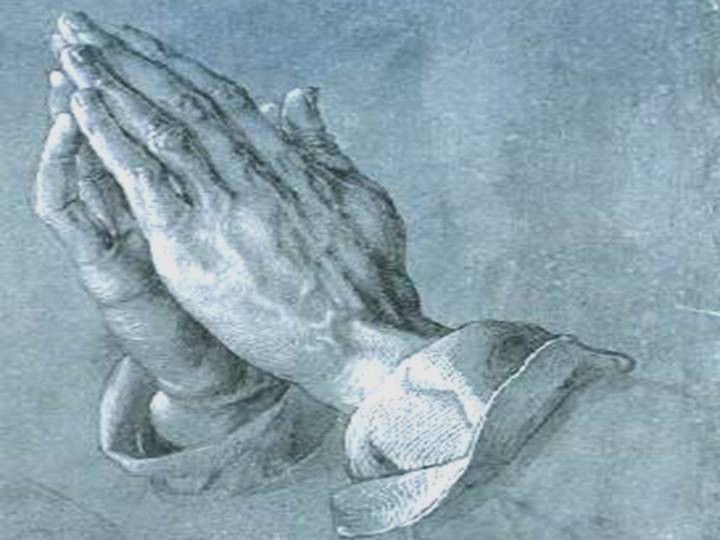 © 3.
Religions
© 3.
Religions studies the world religions and spiritual systems.
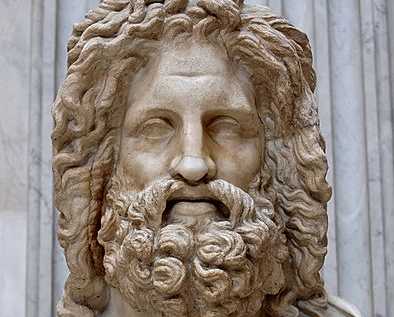 © (1) Ancient (7)
© (1) Ancient (7)studies the religions practiced in the past.
 Mesopotamian religion
Mesopotamian religion En Mesopotamian religion (W)
 Egyptian religion
Egyptian religion En Egyptian mythology (W)
 Greek religion
Greek religionEn Greek mythology (W)
 Roman religion
Roman religionEn Roman religion (W)
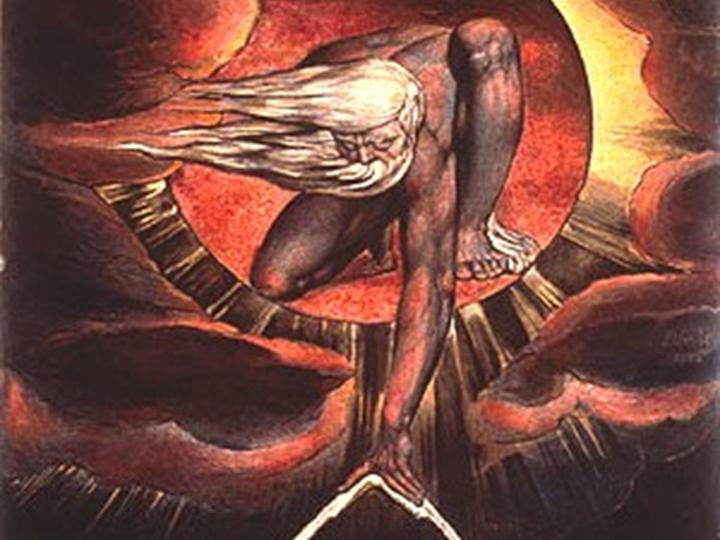 © (2) Monotheism (8)
© (2) Monotheism (8)studies the three historic monotheist religions.
M Secrets of Jerusalem's Holliest sites (Natgeotv)
 Judaism (Hebrew)
Judaism (Hebrew) En Judaism (W)
 Christianity
ChristianityEn Christianity (W)
M Vatican: Saint Peter, Sistine Chapel ...
M Fronline: From Jesus to Christ: The First Christians
(Pt. 1) (1:49:27), (Pt. 2) (1:51:09) (PBS). The story of the
life of Jesus and the rise of Christianity.
 Islam
Islam En Islam (W)
 © (3)
Asian (9)
© (3)
Asian (9)studies religions that were originated and are mainly
practiced in Asia
 Buddhism
Buddhism En Buddhism (W)
M The Buddha (PBS)
 Hinduism
Hinduism En Hinduism (W)
 Jainism
JainismEn Jainism (W)
 Sikhism
SikhismEn Sikhism (W)
 Confucianism
ConfucianismEn Confucianism (W)
 Taoism
TaoismEn Taoism (W)
 Shinto
ShintoEn Shinto (W)
 Bahaism
BahaismEn Bahaism (W)
 Zoroastrianism
Zoroastrianism En Zoroastrianism (W)
 © (4)
Modern (10)
© (4)
Modern (10)studies new religions, cults, and spiritual movements
 Cao Dai
Cao DaiEn Cao Dai (W)
 New Age
New AgeEn New Age (W)
 Scientology*
Scientology* En Scientology (W)
 © (5) Ethnic
(11)
© (5) Ethnic
(11)studies ethnically based religions.
 Shamanism
ShamanismEn Shamanism (W)
 Voodoo
Voodoo En Voodoo (W)

We encounter the supernatural in everyday life while we see the birth of a child, face the sudden death of a friend, witness the devastating power of nature, and stare at the sky on dark nights.
We are curious to understand the “main events,” and eager to answer the “big questions of life.” The supernatural is embodied in the “main events” and in “the details.”
The quest for the supernatural arises from the limitations of reason (C. Zins, 2011).
We are curious to understand the “main events,” and eager to answer the “big questions of life.” The supernatural is embodied in the “main events” and in “the details.”
The quest for the supernatural arises from the limitations of reason (C. Zins, 2011).

"The supernatural” is any “thing” that is beyond the empirical visible universe.
Mysticism studies the mystic phenomena. The term “mysticism” refers to beliefs and practices that ascribe meaning, power and qualities, which cannot be explained by empirical scientific exploration, to supernatural phenomena, natural objects, and human activities.
Religion. The term “religion” has diverse definitions but the established religions have common characteristics. Religions are systems of beliefs and practices relating to supernatural phenomena. They strive to shape the believers’ life stance. Religions ground their binding power on the supernatural, generally through authoritative leaders and scripture.
Classification. There are hundreds of religions and spiritual systems. There are several ways to classify the world religions. Here they are classified into five main sub-categories: ancient (2.3.1), monotheism (2.3.2), Asian (2.3.3), modern (2.3.4), and ethnic (2.3.5).
(C. Zins, 2011).
Mysticism studies the mystic phenomena. The term “mysticism” refers to beliefs and practices that ascribe meaning, power and qualities, which cannot be explained by empirical scientific exploration, to supernatural phenomena, natural objects, and human activities.
Religion. The term “religion” has diverse definitions but the established religions have common characteristics. Religions are systems of beliefs and practices relating to supernatural phenomena. They strive to shape the believers’ life stance. Religions ground their binding power on the supernatural, generally through authoritative leaders and scripture.
Classification. There are hundreds of religions and spiritual systems. There are several ways to classify the world religions. Here they are classified into five main sub-categories: ancient (2.3.1), monotheism (2.3.2), Asian (2.3.3), modern (2.3.4), and ethnic (2.3.5).
(C. Zins, 2011).
| 中 文 English Français Deutsch עברית 日 本語 नेपाली Polski Português Română русский Српски Español More.... |
a must for your library
Chaim Zins, Knowledge Mapping Research, 26 Hahaganah St. Jerusalem, 97852 tel: 972-2-5816705 chaim.zins@gmail.com


